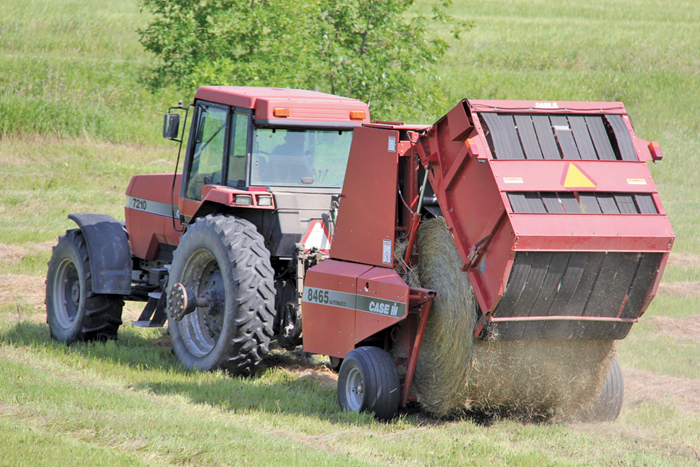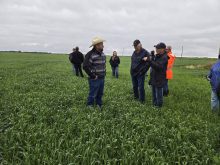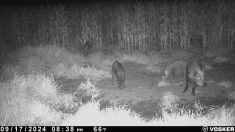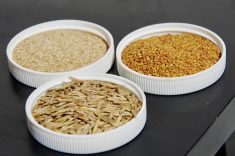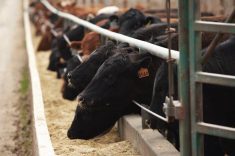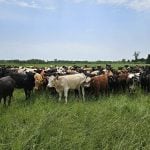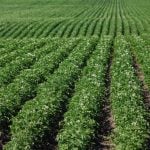Manitoba’s first-cut hay crop, while late, is yielding average to above average in areas not hit by excessive moisture or flooding, says John McGregor of the Manitoba Forage and Grassland Association.
“There’s a lot there, but they (beef farmers) don’t just rely on one cut,” McGregor said in an interview July 30. “They need to have that second cut. Depending on the moisture and heat, it is possible that they will pull off a normal second cut. If that happens the likelihood is the prices we’re talking about… will probably hold true. If we don’t get some good growing conditions there’s a possibility those prices could go up.”
Read Also
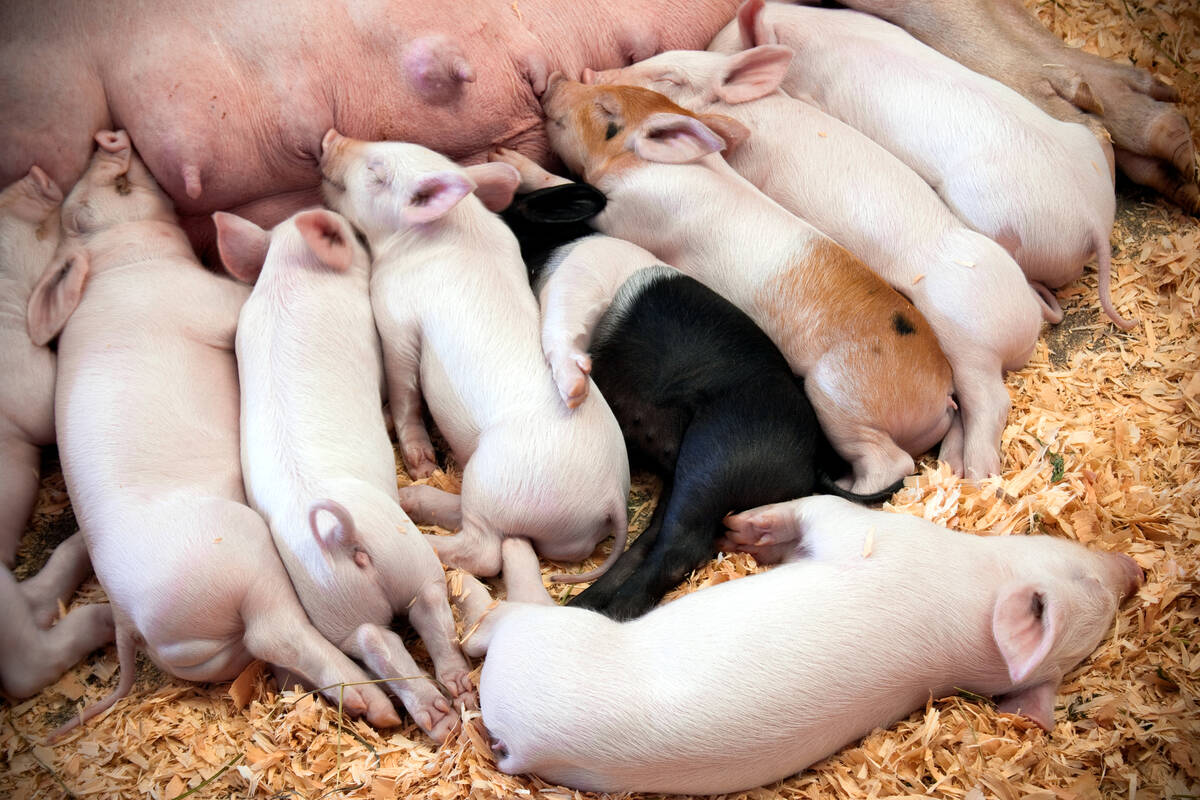
First-time pig mothers may need more lysine
Lysine feed recommendations may fall short for gilt pregnancies when it comes to making sure the mother pig can produce as much milk for her piglets as possible
Hay could be more expensive and in tighter supply in areas hit by flooding, but some of the demand could be offset by farmers reducing their cow herds, he said.
Most Manitoba farmers harvested a bumper hay crop last year but a cold winter and late spring drew supplies down, McGregor said.
“There was lots of hay and there probably wouldn’t be a problem going into this coming winter if we hadn’t had to use a lot of it up in the spring,” he said.
The cool spring delayed this year’s first cut of beef cattle hay by a week to two weeks. As of last week most of it was baled.
- More from the Manitoba Co-operator: Drying time can be reduced
“It looks like it has come off in very good condition and it looks like the quantity is above average,” McGregor said. “It looks like we have a fairly good first cut in those (non-flooded) areas.”
McGregor polled Manitoba Agriculture, Food and Rural Development forage specialists around the province to get hay prices.
Dairy hay in the central region is at least five cents a pound with beef hay ranging from three to four cents, he said.
In western areas, alfalfa/grass is ranging from three to four cents, while it’s two to 3.5 cents in the Interlake.
Standing hay prices range from 1.25 to 1.75 cents a pound in the central area for dairy quality and 1.5 to two cents in the western region due to increased demand in the wake of flooding.
Overall prices aren’t much different than last year, except for lower-quality hay in the flooded areas.
“Those areas rely on the native and lowland hay and at the time they were seen as not being harvested or the quality would be a lot lower,” McGregor said.
It’s often hard to get a handle on hay prices, especially at this time of year. Sellers hate to commit hoping for higher prices. In the meantime prices will continue to adjust as the marketplace arbitrages supply and demand.
McGregor will provide update prices in next month’s association newsletter. Farmers who have hay price information can email it to McGregor at [email protected].
Meanwhile, the second cut of dairy is mostly harvested in the eastern region, McGregor said. Many farmers took their first cut around June 30. A third cut could be taken around Aug. 23. That would give the alfalfa six weeks to recover before a killing frost. After that a fourth cut is possible, he said.
Frequent cuttings result in better-quality feed, which is required for milk production, but lower yields.
It also shortens the viability of an alfalfa field. But dairy farmers often plan to terminate their alfalfa fields after three yearsanyway, McGregor said.






